Vuelta a Espana 2018: 5 key stages
A closer look at where the red jersey could be won and lost
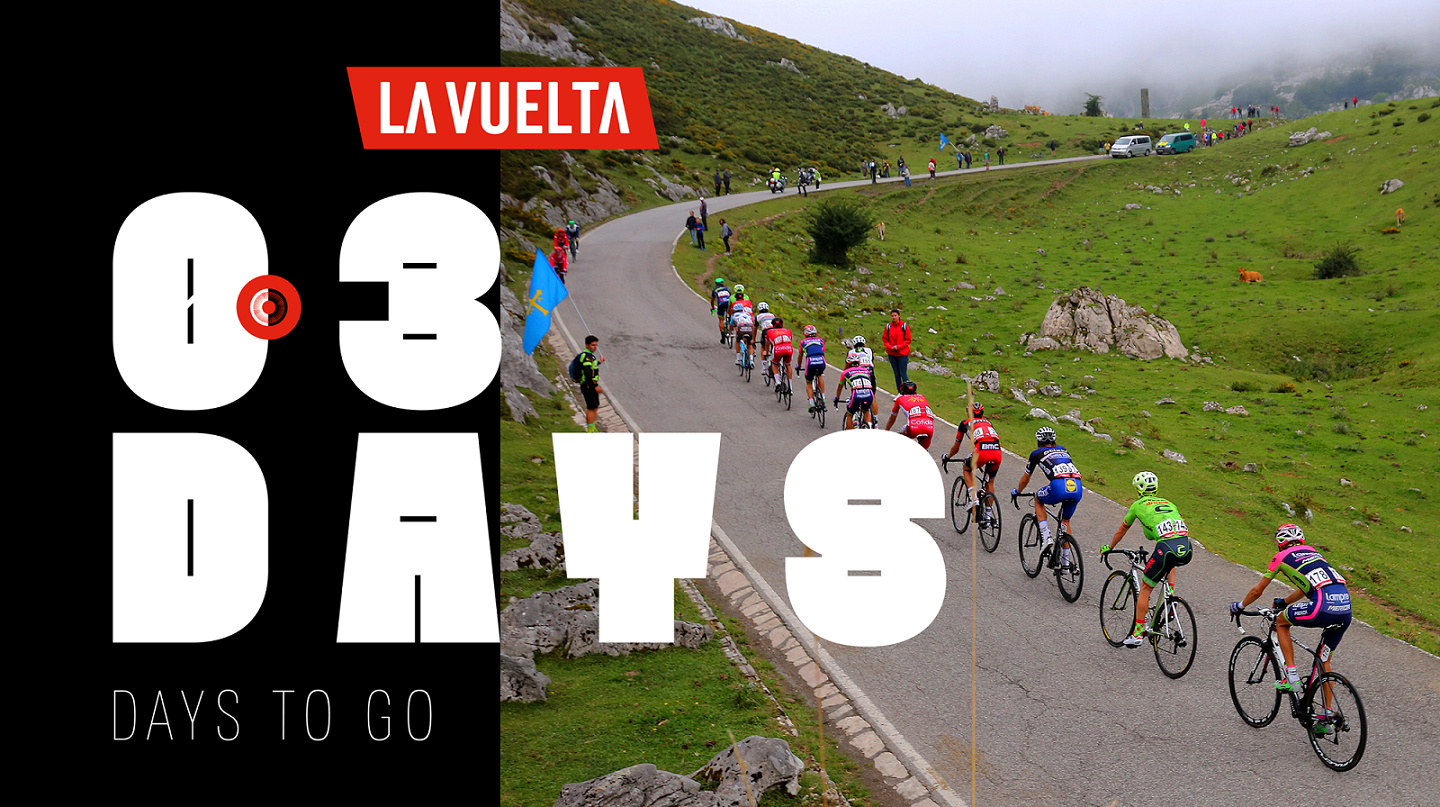
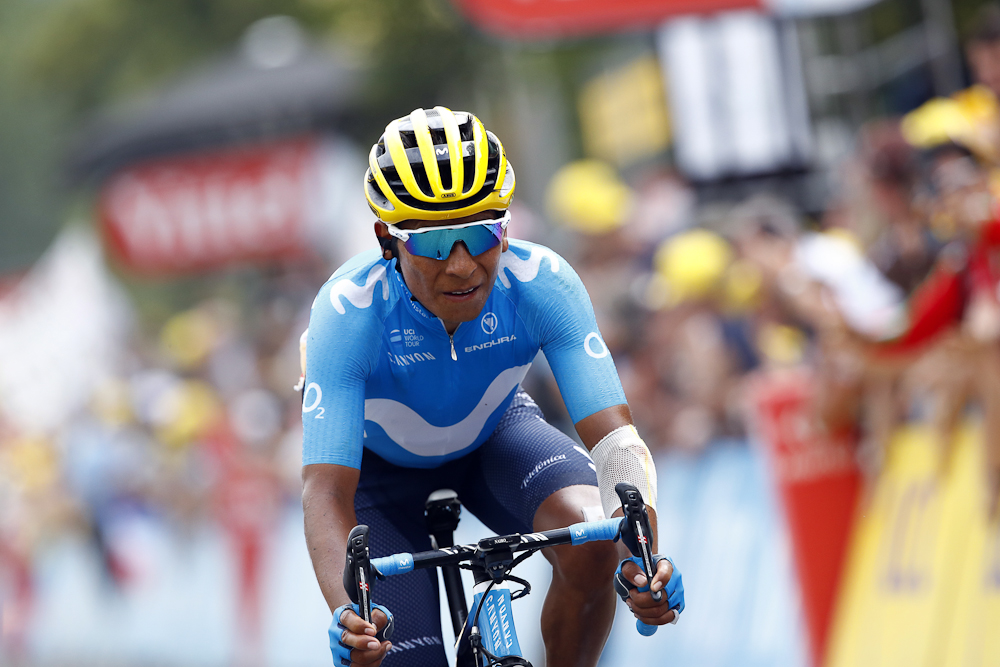
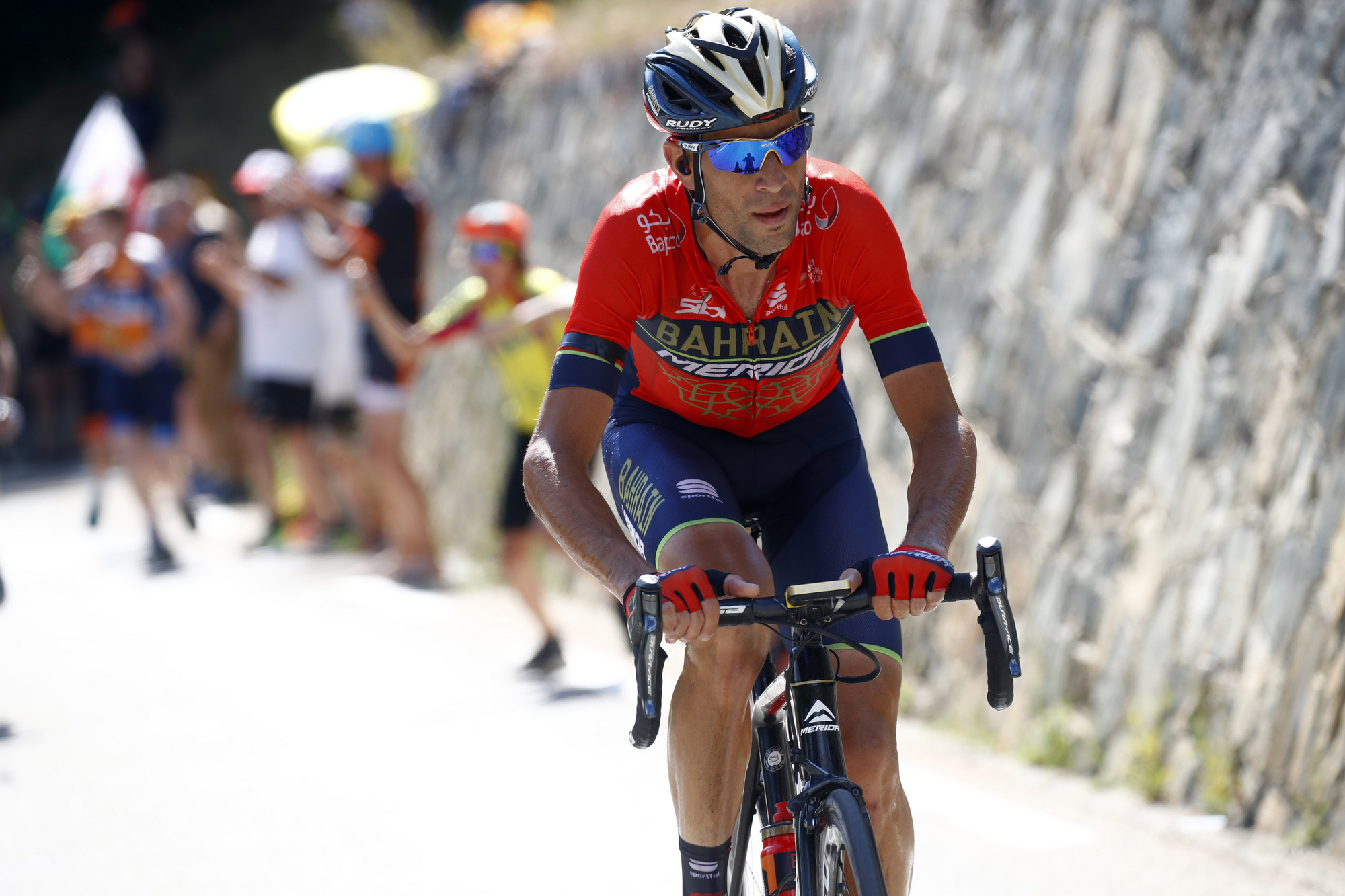
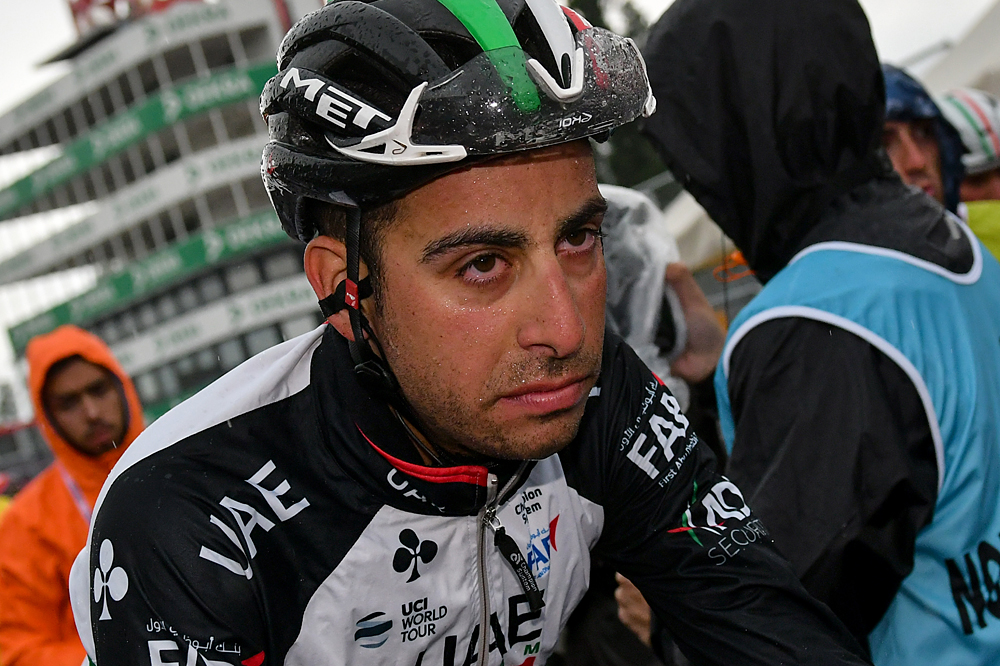
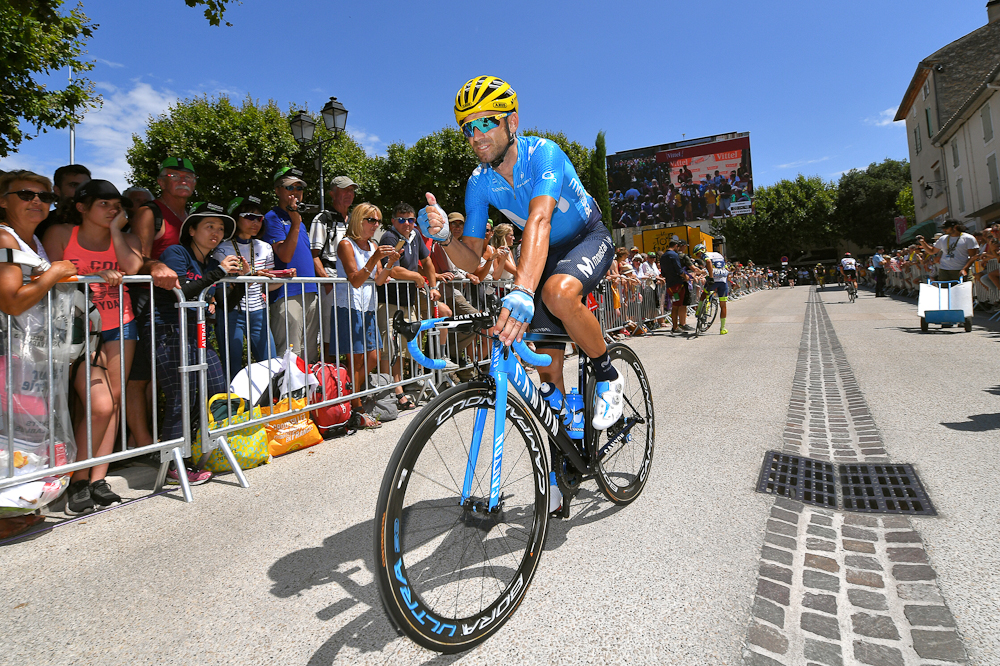
The 2018 Vuelta a Espana gets underway on Saturday, and between Málaga and Madrid there's no shortage of important days in the battle for the red jersey. Cyclingnews takes a look at the five stages that could have the biggest impact on the crowning of the overall winner in just over three weeks' time.
Stage 9: Talavera de la Reina - La Covatilla, 200.8km
The Vuelta wouldn't be the Vuelta without an abundance of climbs, but while the finish at the Caminito del Rey on stage 2 and the debut summit finish on the Puerto de Alfacar two days later should provide some early excitement, the first major encounter in the battle for the red jersey is reserved for the very end of the first week.
Stage 9, which precedes the first rest day, takes in the first-category Puerto del Pico and two more climbs in the first half of the 200km parcours, but the focus is squarely on the hors-catégorie ascent to the ski station at La Covatilla. The climb has featured five times since making its Vuelta debut in 2002, with its last appearance coming in 2011, when Dan Martin triumphed ahead of Bauke Mollema. Joaquim Rodríguez lost nearly a minute, so Mollema moved into the overall lead, while Juan José Cobo, Chris Froome and Bradley Wiggins – the final podium – all finished in the top five within a few seconds of each other.
The climb is 9.8km long with an average gradient of 7 per cent, though gradients of up to 14 per cent are to be found nearer the top. In plotting the Vuelta route, race director Javier Guillén envisaged a "gentler" start and an intense final week. Reaching more than 200 kilometres in distance, almost 2,000 metres of altitude, and more than 3,500 metres of elevation gain, this is the first real showdown of the 2018 Vuelta and should provide an indication of who might – and who won't – be standing on the podium in Madrid two weeks later.
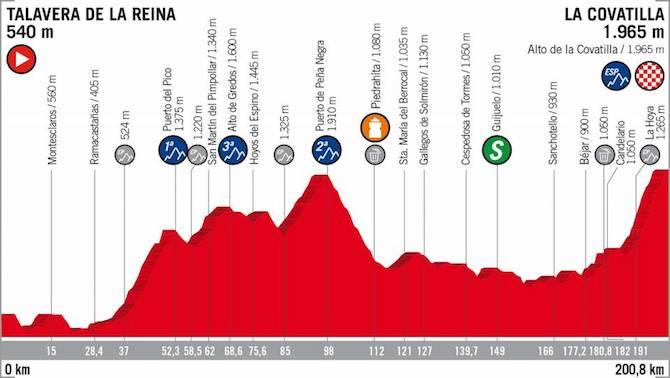
Stage 15: Ribera de Arriba - Lagos de Covadonga, 178.2km
The hardest and most iconic climb in Spain is widely considered to be the Angliru – a brute of an ascent that has quickly established itself in Vuelta legend. If you had to choose a number two, it would probably be found just 100km away, still in the Asturias region of northern Spain. Lagos de Covadonga, in the Picos de Europa mountain range, is itself fast becoming a Vuelta favourite, this being its fifth appearance in the last decade.
The climb, finishing by the picturesque lakes of Enol and Ercina at 1,100 metres, is 11.7km long and its average gradient of 7.2 per cent is somewhat misleading given there are a couple of short flat sections and even a downhill dip in the second half of the climb. Indeed, there's absolutely no shortage of double-digit gradients, most notably around the half-way mark as the riders climb through La Huesera.
The climb itself is decisive enough, but what makes this stage so intimidating is what precedes the haul to Los Lagos. The riders will have already tackled the first-category climb to the Mirador del Fito (7.1km at 7 per cent) twice in the second half of the parcours. What's more, this is the third and final instalment in a trio of back-to-back stages – and summit finishes – in the mountains of Asturias and León. Stage 13 finishes on La Camperona, where Nairo Quintana distanced Alberto Contador and Chris Froome two years ago, while stage 14 takes in four categorised climbs ahead of the ultra-steep finish on the Alto les Praeres. Interestingly, La Camperona was similarly followed two days later by a summit finish at Lagos de Covadonga, and Nairo Quintana won the stage in commanding fashion, and would go on to claim the overall title.
Get The Leadout Newsletter
The latest race content, interviews, features, reviews and expert buying guides, direct to your inbox!
Legs, then, will already be significantly fatigued by the time the peloton reaches the foot of the climb to the Lagos de Covadonga on stage 16, which represents a potentially explosive culmination to a crucial middle phase of the 2018 Vuelta.
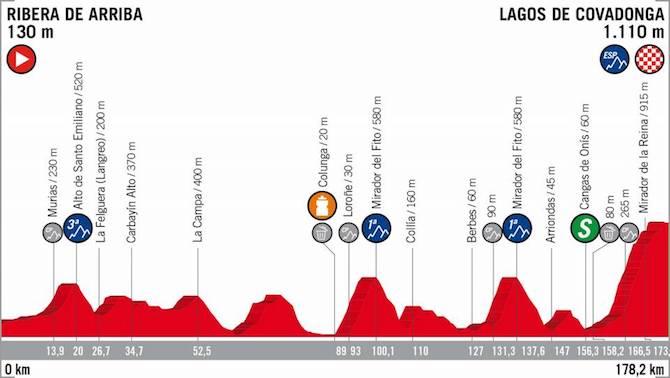
Stage 16: Santillana del Mar - Torrelavega (individual time trial), 32km
After a rest day in Santander, the riders face the all-important stage 16 time trial. Nestled in amongst the plethora of mountains in the final seven days before Madrid, it provides some balance and acts as a pivot in terms of the complexion of the race.
At 32km long, and largely flat, it represents a chance for the those towards the rouleur side of the GC rider Venn diagram to either take some time back on the pure climbers, or bank it ahead of the demanding stages in the Basque Country and Andorra – depending on what has happened in Asturias.
The stage comes at exactly the same juncture as last year's time trial in Logroño, where Chris Froome stamped his authority on the red jersey with a commanding victory. The Vuelta may be known for its climbs, but Froome, who also won in Calpe in 2016, has shown the damage that can be done in a time trial in the final week of the Vuelta. Although the courses were slightly longer – at 40km and 37km, respectively – the Sky rider put at least two minutes into every other GC rider in 2016 and beat Vincenzo Nibali by nearly a minute last year, with the Fabio Aru losing three minutes and Esteban Chaves four minutes.
Froome isn't riding the Vuelta this year, but the stronger time triallists like Richie Porte, Wilco Kelderman, Ilnur Zakarin, Steven Kruijswijk, and David de la Cruz should find some joy.
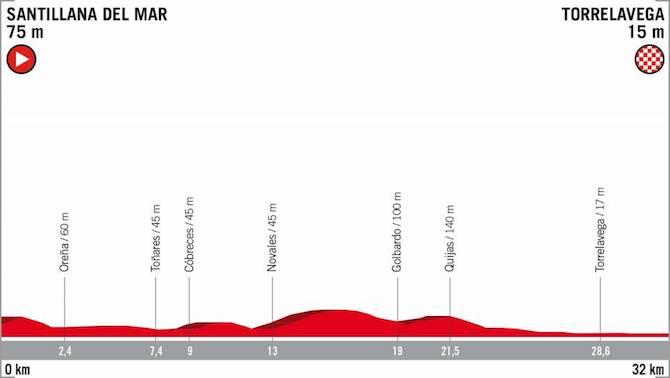
Stage 17: Getxo - Monte Oiz/Balcon de Bizkaia, 157km
The Vuelta heads into the Basque Country on stage 17 for an all-new summit finish that everyone's talking about. Monte Oiz, or Balcon de Bizkaia, combines some classic Vuelta ingredients – double-digit gradients, narrow cement tracks and stunning summit vistas at a wind-turbine farm – to almost guarantee spectacle. Little wonder most of Spain's newspapers and television stations have been out there to gather their preview material.
The climb can't be taken in complete isolation given that, by the time they get there, the riders will have accrued around 2,000 metres of elevation gain on a short but constantly undulating parcours, but it will dominate the day.
At 7.3km long, the average gradient of 9.7 per cent speaks for itself. The climb actually starts out in relatively gentle fashion on the tarmac, but the surface switches to cement after around five kilometres, and the gradients only get harder and harder, frequently edging towards 20 per cent. The final kilometres are very exposed – which explains the turbines – and so the wind could play a factor to the last.
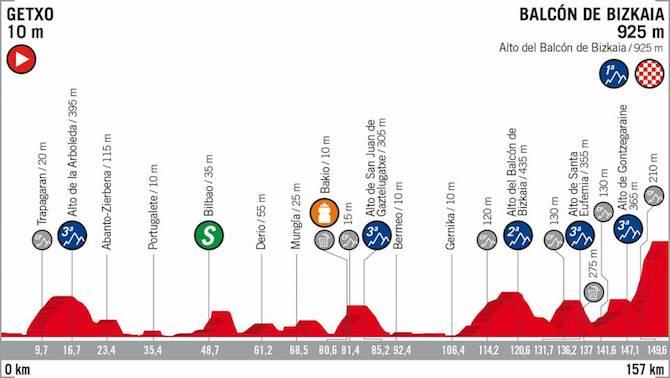
Stage 20: Escaldes-Engordany - Coll de la Gallina (Andorra), 97.3km
This is the stage that will decide, once and for all, the result of the 2018 Vuelta a España. Alhough the recent 65km Pyrenean outing at the Tour de France spoiled the party somewhat, short explosive mountain stages are very much the flavour of the month when it comes to Grand Tour route design. The Vuelta, of course, can boast the most spectacular of the lot, with the merest mention of 'Formigal' no doubt sending a shudder through Chris Froome.
The penultimate stage of this Vuelta – the second instalment in an Andorran double-header – weighs in at 97km, but if that Formigal stage in 2016 featured a delicately poised parcours that was creatively exploited, this one has all the subtlety of a Tyson Fury right hook. There are no fewer than six categorised climbs – three of them first-category and the final one hors-catégorie – and 4,000 metres of elevation gain. Using much of the same terrain, there are echoes of stage 11 of the 2015 Vuelta, dubbed "the hardest-ever Grand Tour stage" by Movistar boss Eusebio Unzué.
It'll be chaos from the gun as the road rises on the Coll de la Comella (4.3km at 8.7 per cent) and the stage hopefuls fight to form a breakaway and the race leader to keep a lid on his rivals. The efforts of the Vuelta organisers to cram as much climbing as possible into as little space as possible is laid bare by the fact that the first-category Coll de Beixalis (7.1km at 8 per cent) will be tackled twice. After the first ascent, the riders will descend and take on the Coll de Ordino (9.8km at 7.1 per cent), before coming back around to do it again. In what is a rather messy route, the riders will then head back over the Coll de la Comella from the other side – an easier, third-category climb.
A short stretch in the valley – pretty much the only flat road on the parcours – precedes the final HC climb of the Coll de la Gallina. Joaquim Rodríguez has described it as "the hardest single ascent in Andorra", but, mercifully for the riders, they won't be going all the way to the top, with the race instead finishing at the Santuario de Canolich at 1,500 metres. The roadbook has the climb down as a mere 3.5km, but the road climbs for a good four or five kilometres before that. It's just that the fiercest gradients, well into the double digits, are to be found near the top.
It's a brutal climax to a brutal stage, and a brutal final week. It goes without saying that the red jersey contenders cannot afford even an inkling of a bad day here. Even if fireworks on paper aren't necessarily a guarantee of fireworks in practice, Guillén has gone nuclear in his bid to ensure that the 2018 Vuelta ends with a bang.
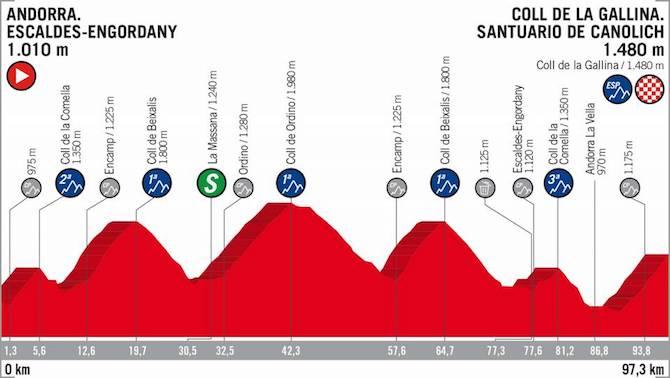
Cyclingnews has compiled a bumper list of 12 riders to watch for the forthcoming Vuelta a España. Watch the video below to see who made it into our list, and click here to subscribe to the Cyclingnews video channel.
Patrick is a freelance sports writer and editor. He’s an NCTJ-accredited journalist with a bachelor’s degree in modern languages (French and Spanish). Patrick worked full-time at Cyclingnews for eight years between 2015 and 2023, latterly as Deputy Editor.
